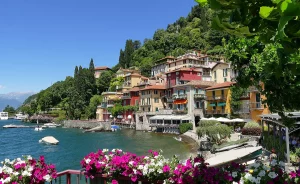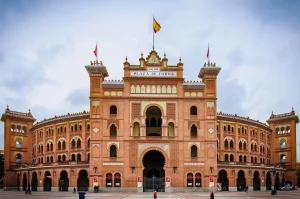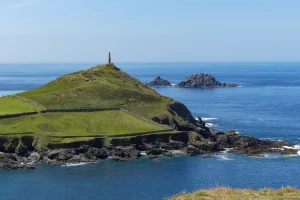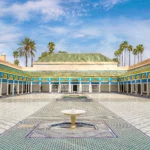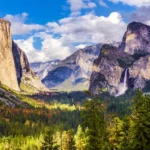The second most visited place in Barcelona, Parc Güell owes its fame to its undulating benches and its mosaic salamander designed by the architect Gaudi. A true symbol of Catalan modernism, Parc Güell invites each of its visitors to a colorful stroll. Here are a few tips and information to know so you don’t miss anything of this most fanciful place.
History: from a residential area to a public park
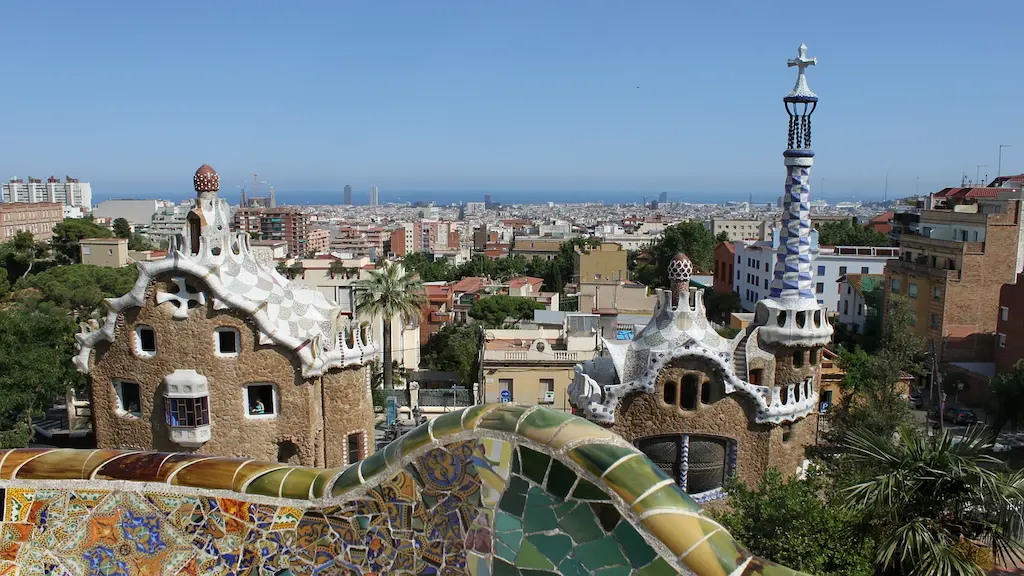
In 1900, Eusebi Güell, a wealthy patron of the arts, asked his friend, the famous architect Gaudí, to create an enclosed and secure residential area for the middle class. Luxurious residences, janitor’s lodges, green spaces, an open view of Barcelona, a market, a school, a chapel… this was the initial idea for this project, which was to be built on a vacant lot in the northeast of Barcelona.
Unfortunately, this project was a failure. Too far from the city center, not very urbanized, too high, the wealthy classes did not have the expected attraction for this district. Of the 60 houses initially planned, only two were built: the house-witness for Gaudí and the Casa Larrard for Eusebi Güell. The work was stopped in 1914.
A few years later, in 1923, this complex was bought by the city of Barcelona and turned into a public park. Its opening took place in 1926, the year of the death of the architect Gaudí.
In 1984, Güell Park became a UNESCO World Heritage Site.
Did you know that? For his project, Eusebi Güell was inspired by the atmosphere and style of English residential areas, which is why his initial name was “Park” Güell and not “Parque” Güell.
Must-see places in Parc Güell
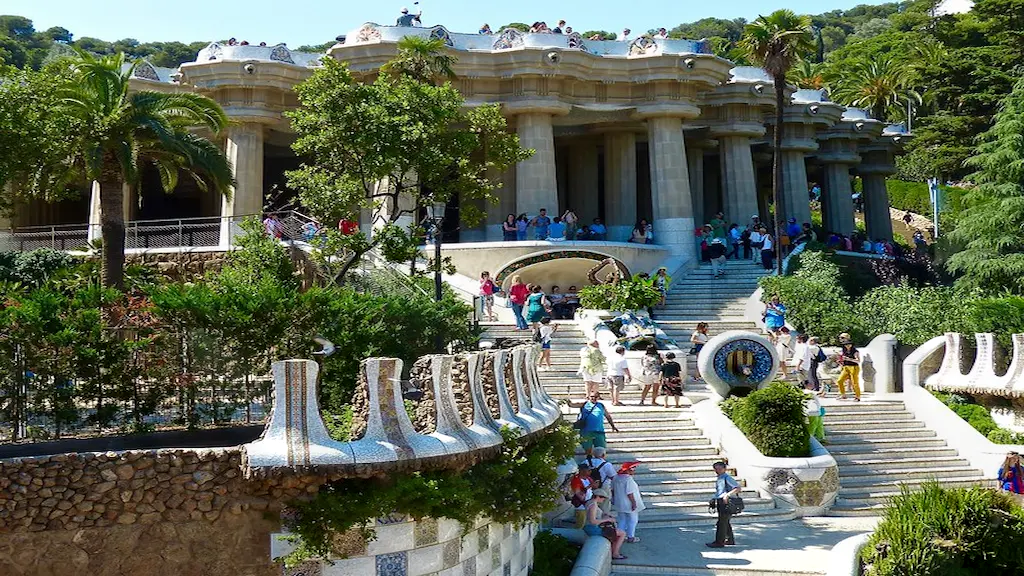
The Dragon Stairs
The discovery of Parc Güell, which covers 17 hectares, begins with a double staircase with fountains, the emblem of Catalonia, and the famous mosaic salamander (also called dragon). This is the most photographed part of the park.
The hypostyle room and its 86 columns
Once passed the staircase of the entrance, we find the hypostyle room, a covered space originally intended to accommodate a weekly market. Its roof is maintained by 86 grooved columns which have an interior tank to collect rainwater. The ceiling of the hypostyle room is covered with small domes decorated with colorful mosaics.
The Plaça de la Natura
Installed above the hypostyle hall, this esplanade, which Gaudi had called Greek Theater, was to host plays and outdoor concerts. To attend, it was planned that the spectators take place on these famous undulating benches covered with mosaics that are now the postcard of the park. This place offers great views of Barcelona and the Sagrada Familia in the distance.
Did you know that? Gaudí wanted the stone benches of the Place de la Nature to adapt to the shape of the human body. So he had one of the workers on the site sit on them and give them their shape. The construction of these now-famous benches was entrusted to the Catalan architect Josep Maria Jujol.
The pavilions of the Conciergerie
At the entrance to the monumental area, we find two pavilions built with the traditional Catalan vault of flat brick, and here again, we find ceramic mosaics. The pavilion on the left was intended for the janitors while the one on the right was intended to house the doorman.
The Gaudí house museum
In this model house, bought by Antoni Gaudí and in which he lived for almost 20 years, we discover a collection of works by the famous Spanish architect, as well as furniture and valuable documents.
How to get to Parc Güell?
– by metro: Line 3 Lesseps stop then 20 minutes walk on Avinguda del Santuari de Sant Josep de la Muntanya (escalator) OR Line 3 Vallcarca stop then 20 minutes walk via the escalator of Baixada de la Glòria then Avinguda del Santuari de Sant Josep de la Muntanya.
– By bus: Lines H6 and D40. Get off at the Travessera de Dalt stop and walk 10 minutes on the Avinguda del Santuari de Sant Josep de la Muntanya (escalator) or on Larrard street.
– By Hop-on hop-off tourist bus: Blue line. The Park Güell stop is on the Avinguda de la Mare de Déu de Montserrat. 10 minutes walk by Carretera del Carmel through Av. Pompeu Fabra.
– by cab: the arrival stations are on Rambla de Mercedes and Carretera del Carmel.
Visit Parc Güell
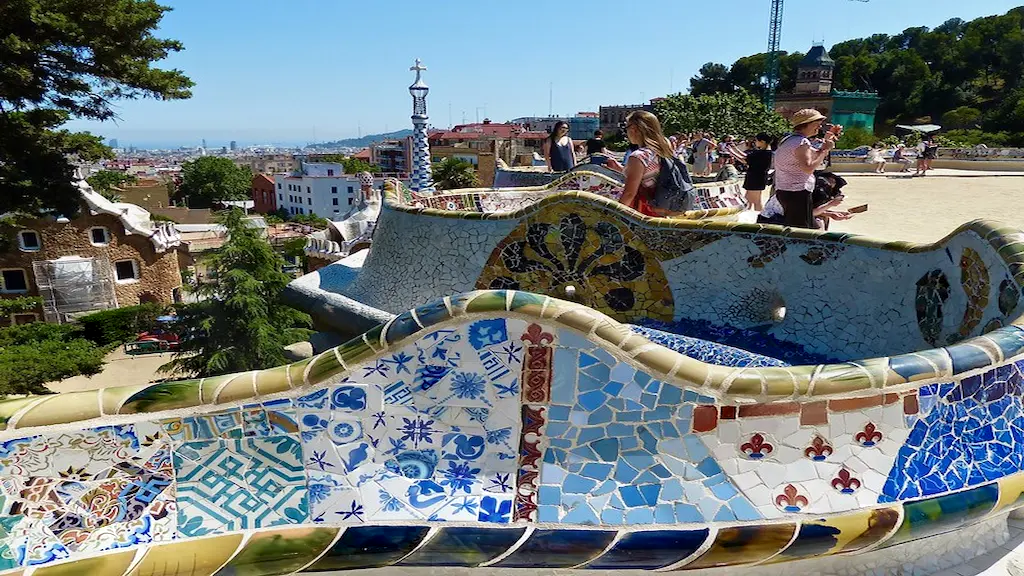
Opening hours? Parc Güell is open every day of the year from 9:30 am to 6:00 pm.
When to go / Best days? Parc Güell is one of Barcelona’s must-see places, so it is very popular with tourists between June and August.
In April/May and September/October, the park is a little quieter but still quite busy.
To enjoy your visit and take pictures without too many people, prefer weekdays rather than weekends. We recommend you to go early in the morning, at lunchtime or the end of the day. The view of Barcelona is breathtaking at sunset.
In the summer, avoid the hottest part of the day as much as possible. Beware of heat and sunburn, so don’t forget to bring hats, sunglasses, and sunscreen. Also, remember to stay well hydrated. You will also be walking a lot, so bring comfortable clothes and shoes.
How long will it take to get there? Allow about 1h30 for the visit of the paying area, and half a day for the visit of the two areas of the Park.
Prices to visit the Park Güell
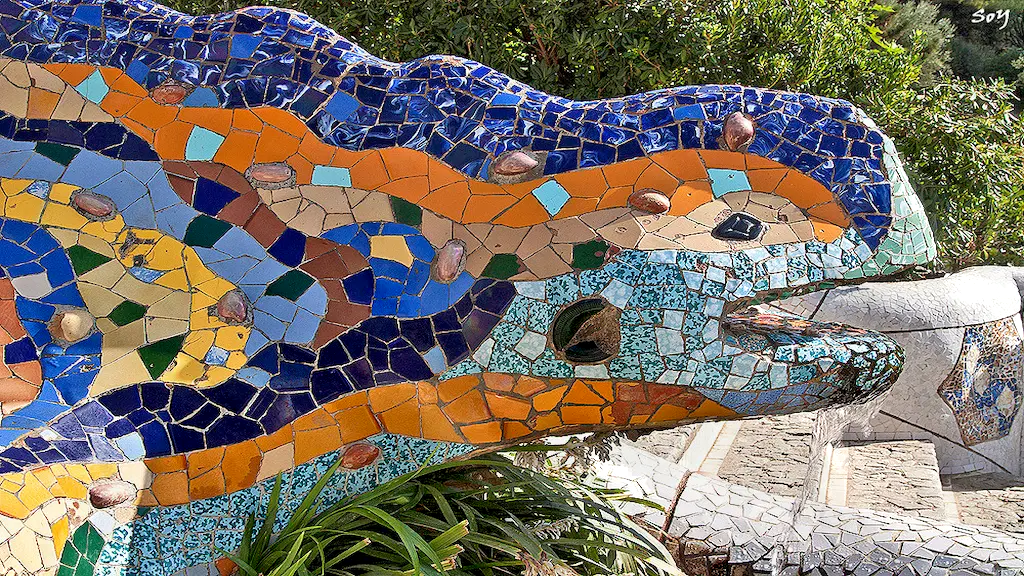
Since October 2013, access to the so-called “Monumental” part, which concentrates the works of Gaudi (the salamander, the mosaics, the Dragon’s staircase…) is paying. All the rest of the park can be visited for free.
– Adults: 10 €.
– Children from 7 to 12 years old and Seniors + 65 years old: 7 €.
– Children under 6 years old and people with reduced mobility: free
Note: the price of admission to the paid area does not include access to the Gaudí House-Museum (5.5 € / adult, 5 € / student, pensioners and under 30 years, free for under 11 years and people with disabilities).
Access to the park is regulated to preserve the site, limit the number of visitors and guarantee their safety. Only 700 people are admitted every half hour. When you book your tickets online, you will need to select a time slot to enter the park. On-site, you will need to check-in at the gate within 30 minutes of the time indicated on your ticket.
For example, if you choose the 10:30 a.m. time slot, you will have until 11 a.m. maximum to enter the park.
Please note:
– If you do not respect this time, your entry ticket will no longer be valid.
– There are 3 entrances to Parc Güell, the entrance for the paying party (the monumental area) is on Carrer de Larrard. This is the main entrance to the park. Many uninformed tourists are fooled and show up with their tickets at one of the other two entrances, where they are turned away. By the time they reach the right entrance, their tickets have expired.
Once you enter the park you can stay as long as you want. Any exit from the park is final.
Where to stay to be closer to Parc Güell?
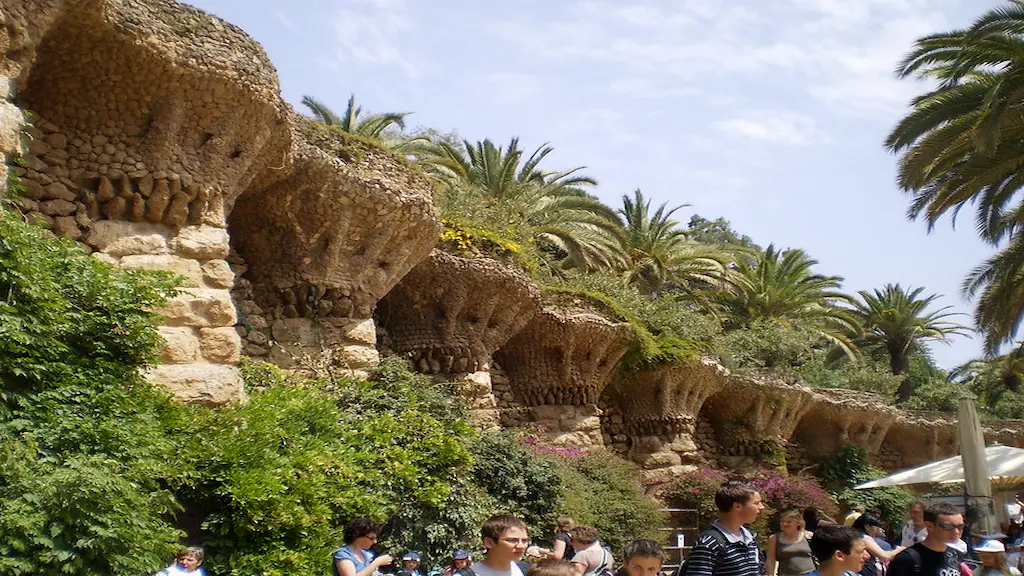
Parc Güell is located in the Gràcia district, a sort of small Catalan village away from the hustle and bustle of Barcelona. Art galleries, designer boutiques, squares and plazas, bars and terraces where you can enjoy tapas… The atmosphere is rather bohemian and traditional, far from the bustling Ramblas district.
Hotels, youth hostels, and apartments to rent, you can easily find what you need. The prices of the accommodations are attractive because the district of Gràcia is a little more distant from the historical heart of Barcelona. However, the public transportation network is well developed and will allow you to easily get to the points of interest in Barcelona.
Also Read: 3 Best Erupting Volcanoes To Hike On

